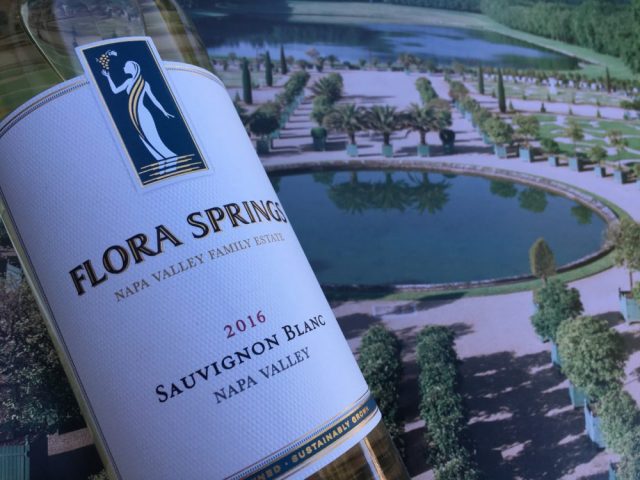I am admittedly quite unfamiliar with East Coast wines, especially when it comes to the little state of Maryland. So when Roy Albin of Royal Rabbit Vineyards invited me to taste his wines, I was both enthused and curious. Flipping through books and scouring the internet, I had trouble finding any solid, reputable information on Maryland as a wine country. So I turned to Roy, not just for a wine tasting, but for a bit of terroir background as well. 
Category: Wine
wine reviews, wine events, and all things wine related
AMB Wines Ambrosé 2015 Rosé
Passion project of two Napa Valley natives, Jake Krausz (Estate Director of Arkenstone Vineyards) and Vincent Traverso, this simply labeled “California Rosé” is anything but simple. To look at it, with it’s darkish color in the bottle, the extremely large font, and the generic label — you may think (like I did) that this is some kind of weird blended saignée-style rosé made from leftovers. It’s actually, quite the opposite.
In fact, Krausz and Traverso started this project to get rid of the “California Rosé” stereotype…
Cabernet Sauvignon: A Grape that Talks Terroir
Considered one of the “noble grapes,” it may come as a bit of a surprise that Cabernet Sauvignon is actually a relatively new variety — born in the 17th century as the child of Cabernet Franc and Sauvignon Blanc somewhere in the Southwest of France. Cabernet may be considered “popular” amongst grape-growers because of its “ease of cultivation;” indeed, the thick-skinned grape is quiet hardy, naturally low- yielding, a late budder, and resistant to most environmental hazards (such as rot, mildew, and vineyard pests). But the truth is a Cabernet Sauvignon of true elegance and refinement is primarily crafted in the vineyard. It may not be susceptible to environmental hazards, but Cabernet wines are a true expression of terroir.

Pedroncelli 2016 Dry Creek Chardonnay
It’s all in the family with Pedroncelli. It all started in 1927, when Giovanni and Julia Pedroncelli purchase their hillside Geyserville property with a mere 25 acres planted predominantly to Zinfandel. The winery survived prohibition, watched Dry Creek become an AVA, expanded and replanted their vineyards, opened their official tasting room. It’s been 90 years of wine and vine ups and downs and Pedroncelli has managed to keep it all in the family.
Flora Springs 2016 Family Estate Sauvignon Blanc
John Komes, co-owner of Flora Springs, may have a self-proclaimed love affair with Chardonnay, but his son Nate, general manager at the winery, is a fan-boy for Sauvignon Blanc. The Komes family have been farming the white grape for over three decades, utilizing the the two vineyards sourced for this bottle for the past two decades. Apparently there has been some talk about, and temptation to, graft these vines over to Cabernet Sauvignon (Flora Springs is well known for their big bold reds.) But with Nat’s encouragement, the family’s held back. And, personally, I’m glad they have. Well structured Sauvignon Blancs are hard to find — but with the clonal mix along with the combination of different aging techniques, that’s exactly what Flora Springs have produced with this 2016 vintage.


